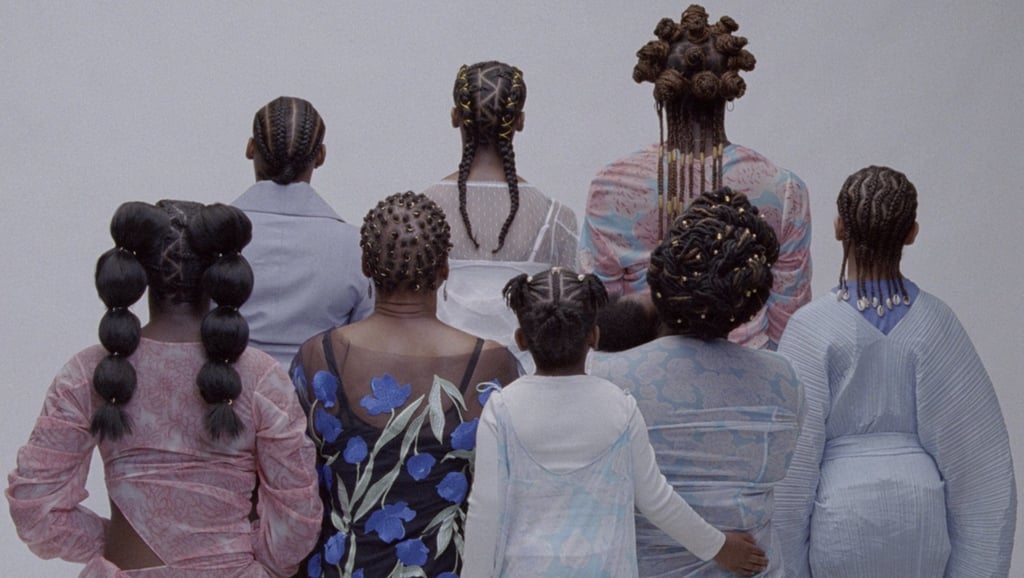
This past weekend we had several things drop for the culture including Rihanna’s Fenty Skincare Line, Brandy’s new album (the first in 8 years) and my favorite, Beyonce’s Black is King, a companion piece to last year’s Lion King remake.
As I stated in my write up on the fashions in Black is King, I wanted to write a post on the cultural moments in the film. Black is King quite literally gave us all the culture we needed for the first half of 2020. From reminding the world of the excellence that is Afrobeats, to celebrating traditional African hairstyles and spiritual customs, to celebrating all things Black, Black is King is the love letter that Black people needed.
Celebration of African and Diasporic Rhythms and Beats
One of the first things that filled me with so much pride while watching Black is King is the homage to African and diasporic rhythms and music. Beyonce tapped several African musicians and producers for the project, some well known and some we’re just finding out about. She mixed Afrobeats with soul, R&B, hip hop and Reggae making the entire album feel like a full on bop. She featured Nigerian musicians Yemi Alade, Tiwa Savage, Wizkid and Burnaboy, South African musicians Busiswa and Moochild Sanelly, Ghanaian Shatta Wale, Cameroonian Salatiel and Jamaica-American group Major Lazer. The music flowed like a celebration of Black artistry, which often gets overlooked and appropriated by mainstream western music.
Celebration of Traditional African and Diasporic Hairstyles and head wraps
Some of the most beautiful imagery that had me salivating was of Beyonce and the many players wearing traditional African and Diasporic hairstyles, mainly the different braided hairstyles that change throughout Africa. We saw the beaded braided shag of South Africa, bantu knots, fulani braids, Cleopatra braids, cornrows, afros, Havana twists, the Nigerian Gele and the red clay locks of the Himba women of Namibia. There were so many celebrations of black hair. And what I loved about this reclamation of hairstyles that were exiled and shamed in the West for centuries is how diverse and beautiful they are.
(Exaggerated) Braided Nubian Candace Hat
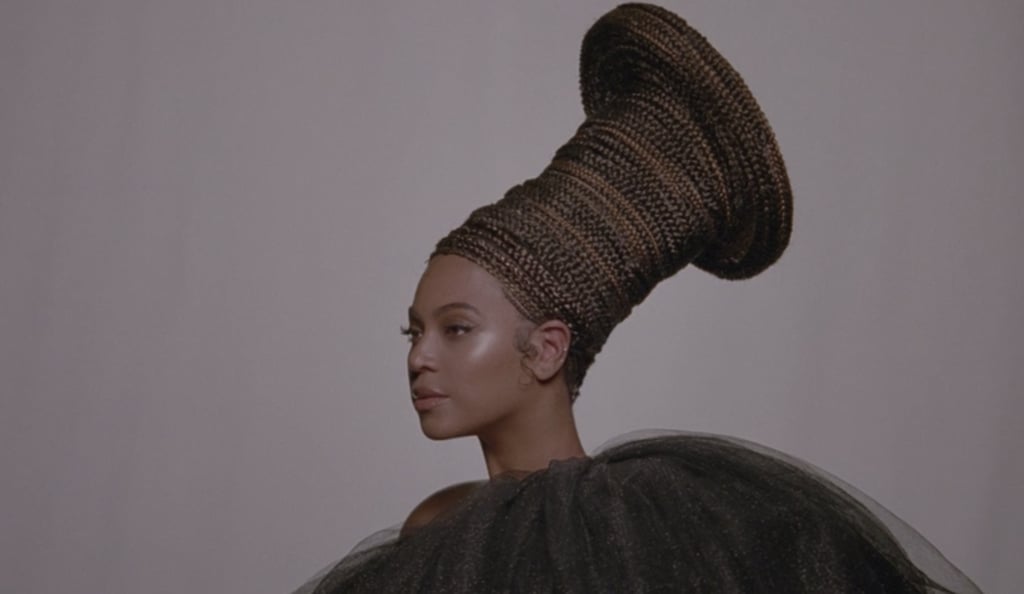
Reclaiming Traditional African and Diasporic Spiritual Practices and Rituals
Beyonce has been bringing traditional African and diasporic spiritual practices and rituals to the masses since she released her first visual album, Lemonade. In Lemonade there was a nod to Osun, the Yoruba Orisha (goddess) of sweet waters (rivers), sensuality, love and fertility. Osun is usually depicted carrying a mirror and sometimes a honey pot (this pertains to a specific myth) and decked in gold and yellow and sometimes pink. And Beyonce has been invoking this goddess throughout her music since Lemonade and her trip to Cuba. In Mood 4 Eva, Beyonce states that “I am Beyoncé Giselle Knowles-Carter, I am the Nala, sister of Naruba, Oshun, Queen Sheba, I am the mother.”
The Orishas came with the enslaved Africans from Southwestern Nigeria and Benin to the Americas. This Yoruba spirituality is still practiced in Benin and Nigeria as well as in diasporic communities in Cuba (Santeria), Brazil (Comdemble & Umbanda) and Gullah communities in South Carolina and Georgian islands.
The other was the beautiful imagery of the Dogon of Mali’s Kanaga masks which is used in funerary rights, usually when a male dogon passes. They ensure the safe passage of the soul to the world of the ancestors.
Celebrating Other People of Color
One of the moments that took my breath away was in the song “Brown Skin Girl,” which made me tear up. Besides all of the beautiful dark brown-skinned girls flicking across my screen, it was when Beyonce used Tamil-Dravidian activist and creative, Sheerah Ravindren, as an entire moment to celebrate dark skinned South Asians. They’re a community that also has been plagued with colorism. I spent a full hour on twitter celebrating and crying with Tamils and darker-skinned South Asians alike for that beautiful moment of solidarity and validation.
Beyonce also brought in Colombian-Canadian singer-songwriter Jessie Reyez. So darker skinned Latinx got a seat at the table with a ton of exposure. It was as if she wanted the world to know, while we are celebrating black excellence there are other marginalized groups that are being celebrated too. I was here for all of it. It’s impressive how much thought and care went into Black is King and I’m sure we’ve only noticed a small amount of the cultural references and culturally significant moments in yet another incredible visual album from Beyonce.
Photos are screenshots from Disney and via PopSugar, The Cut,Elle and Instagram

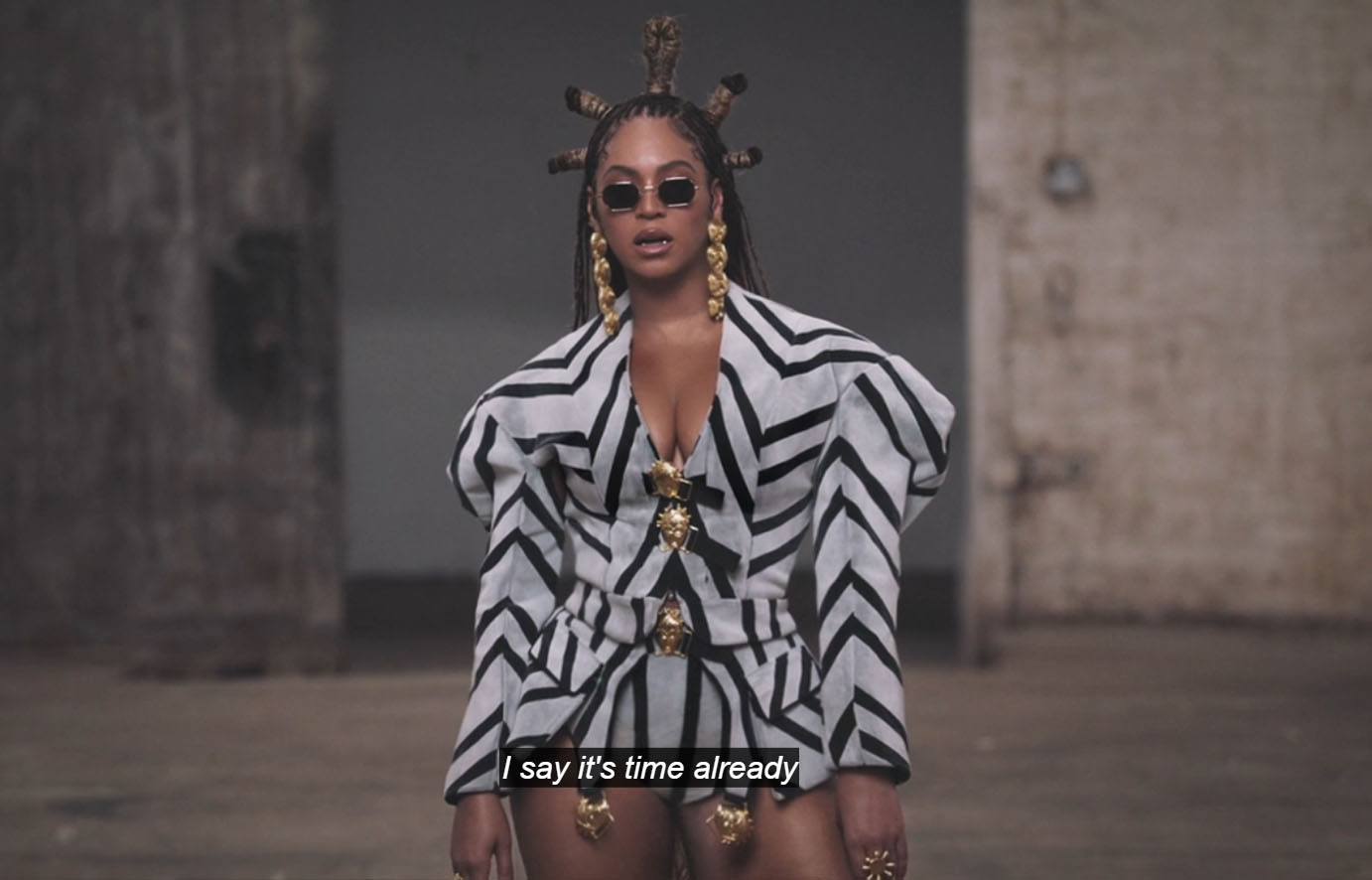
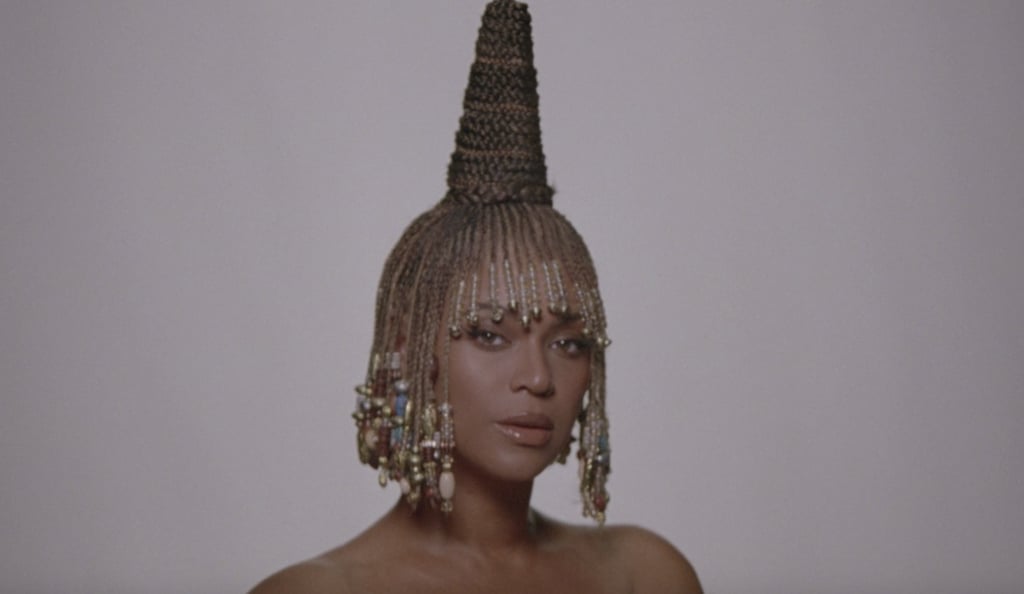
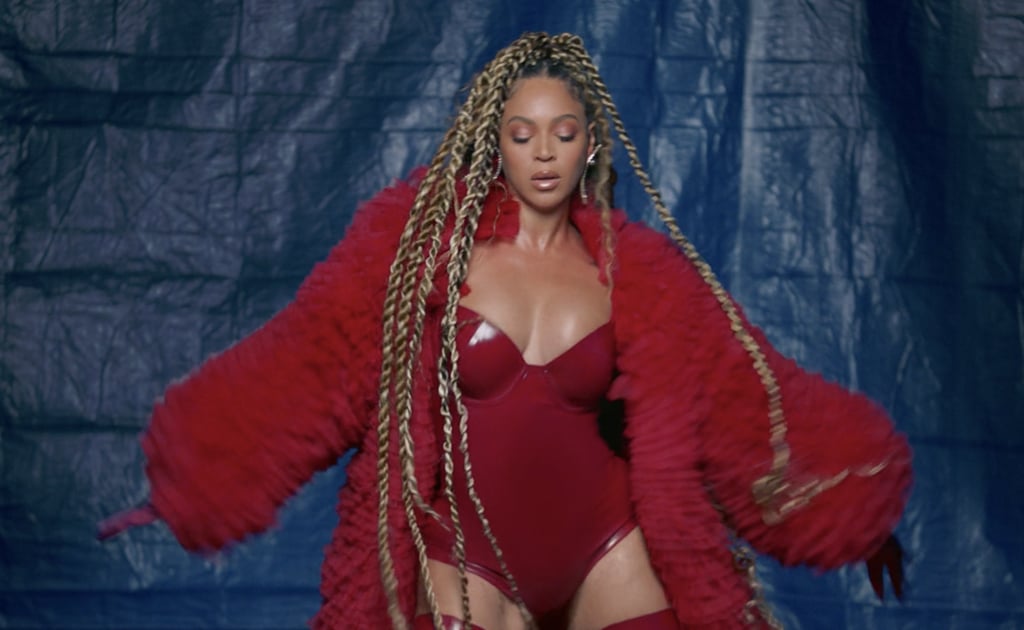
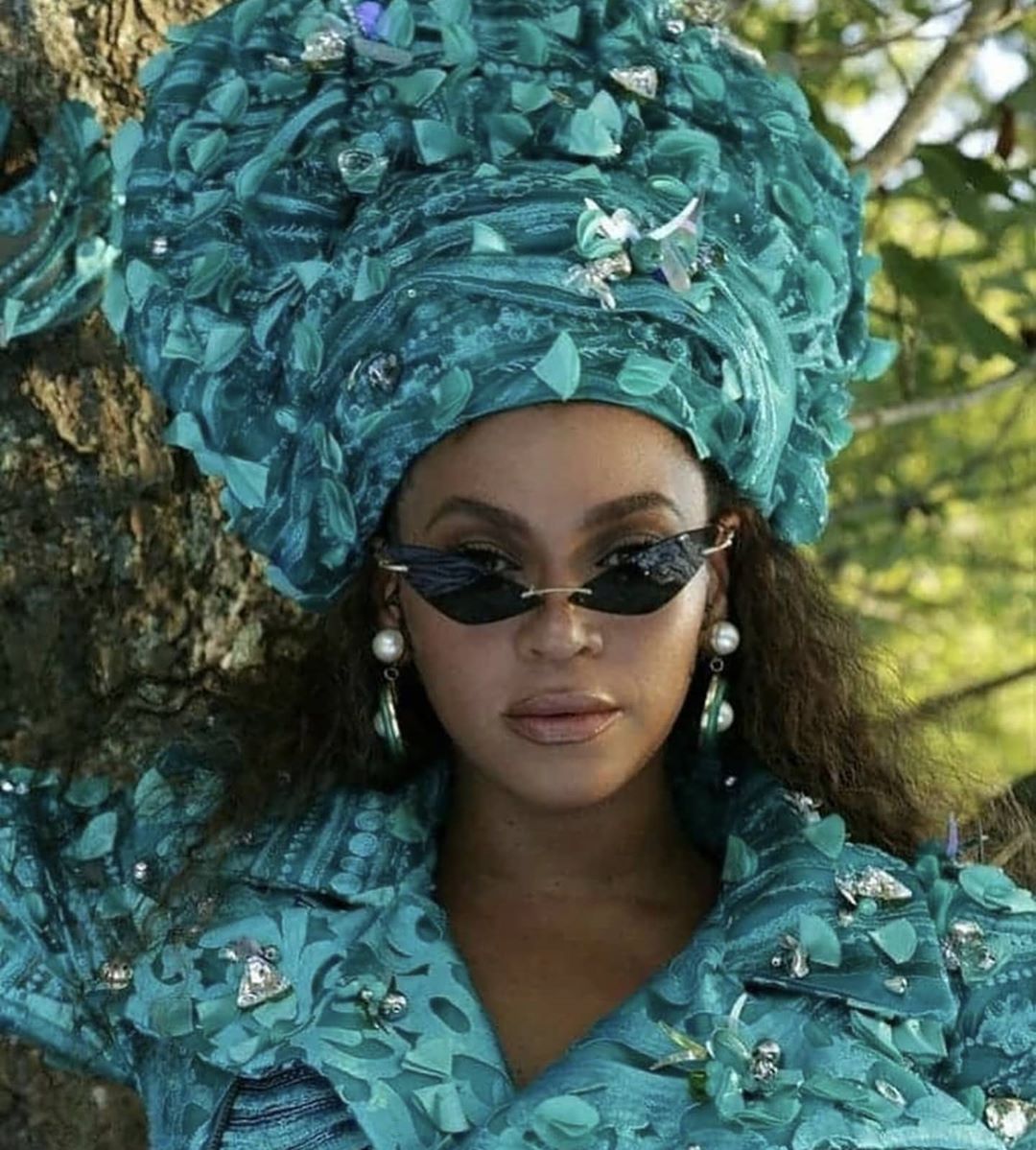
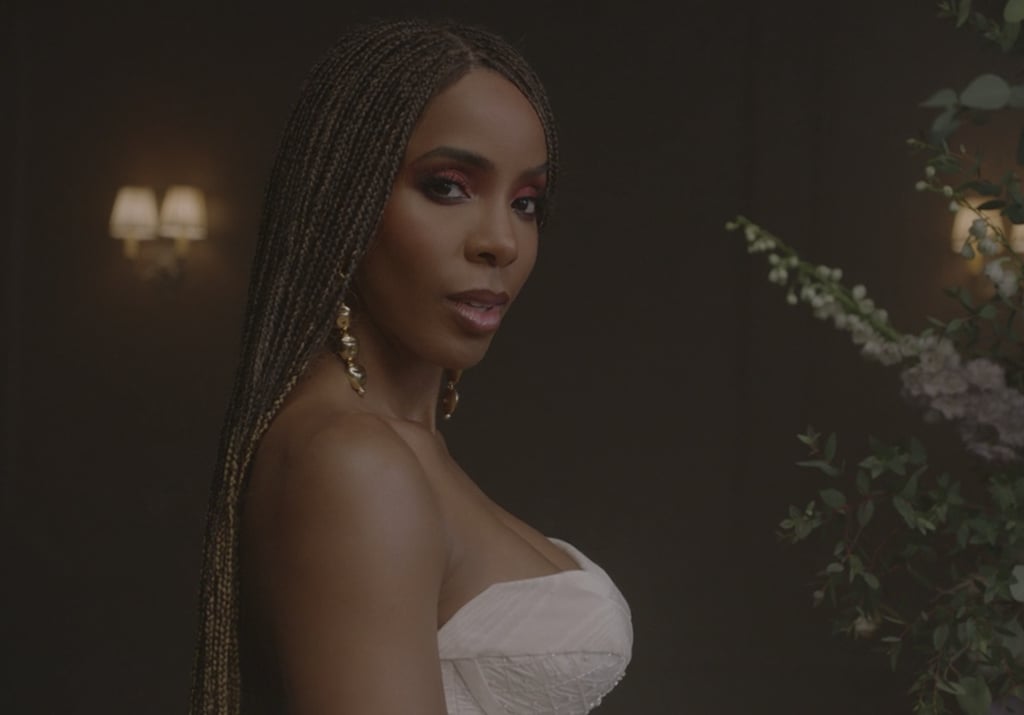
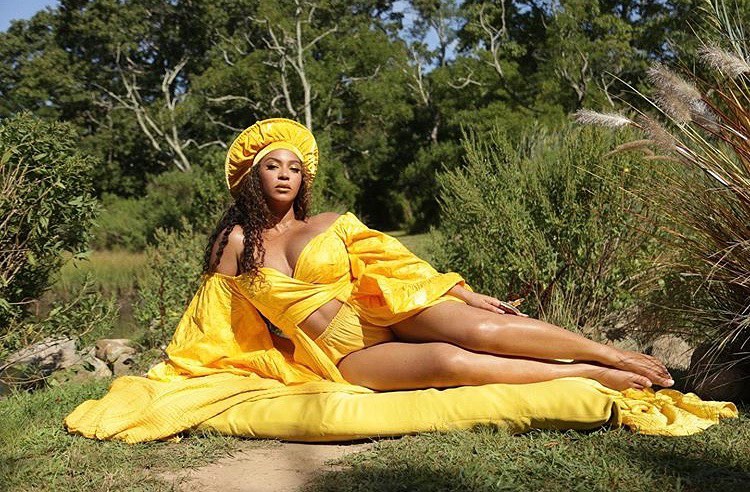
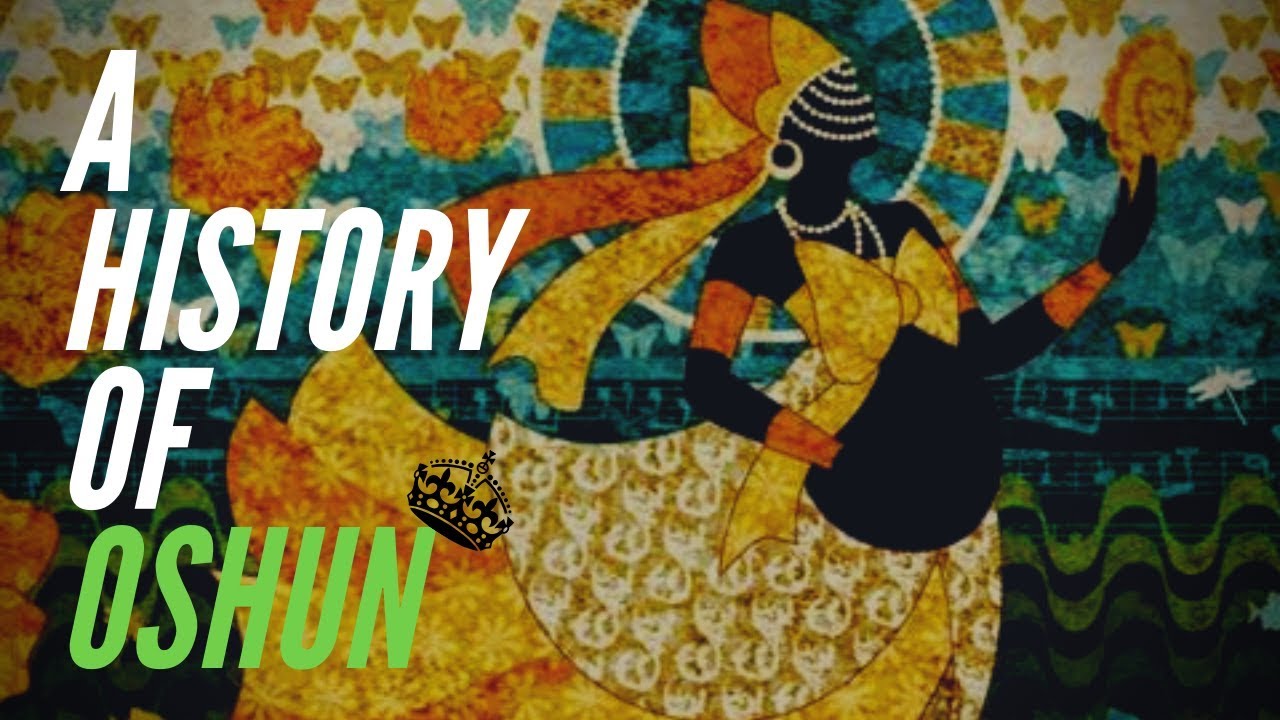
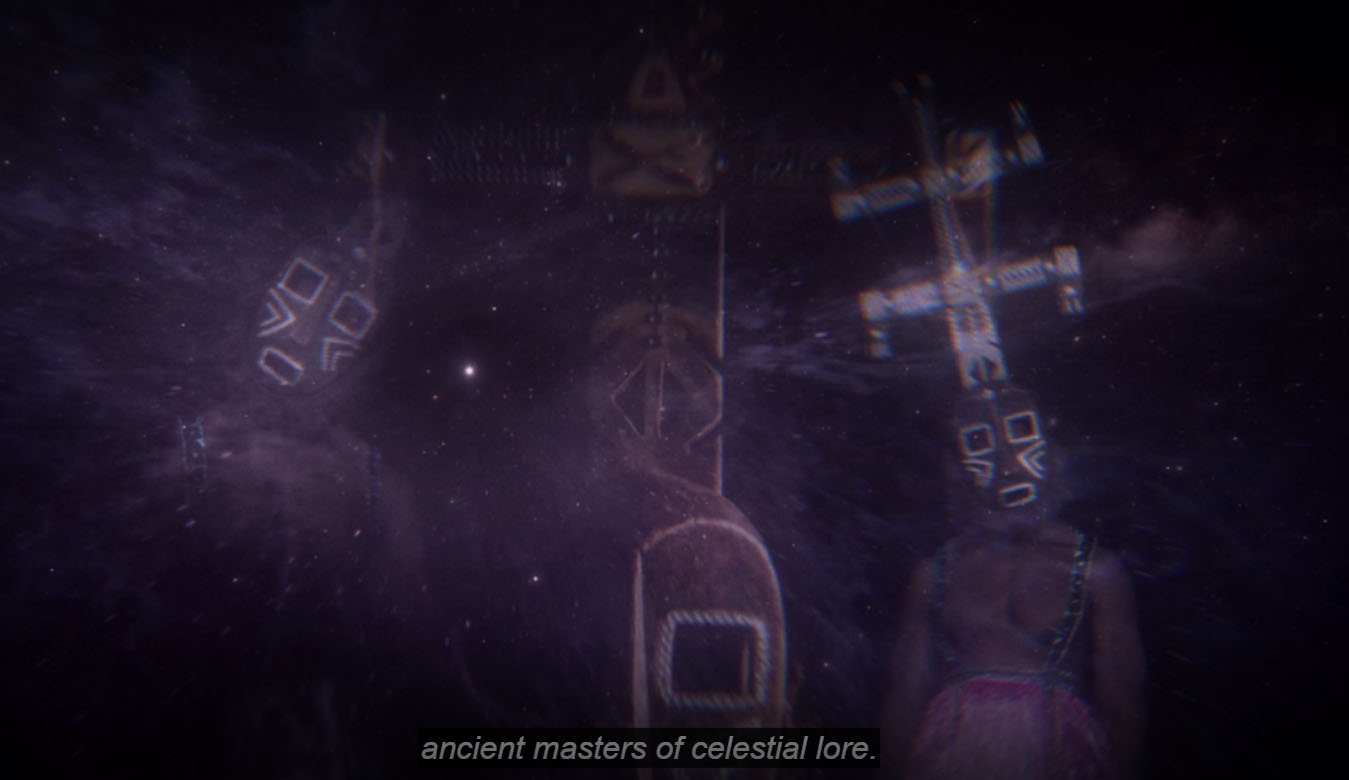
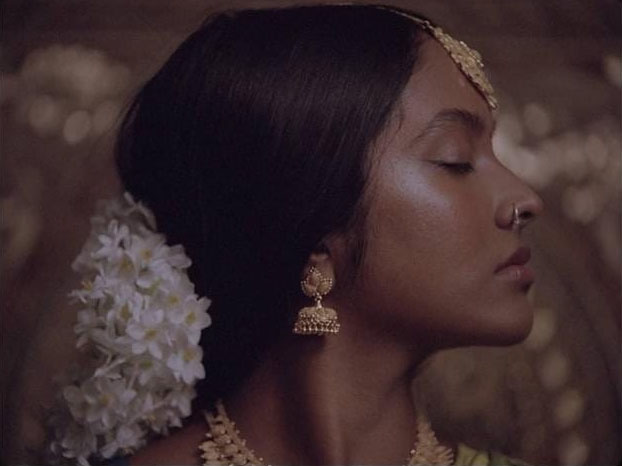
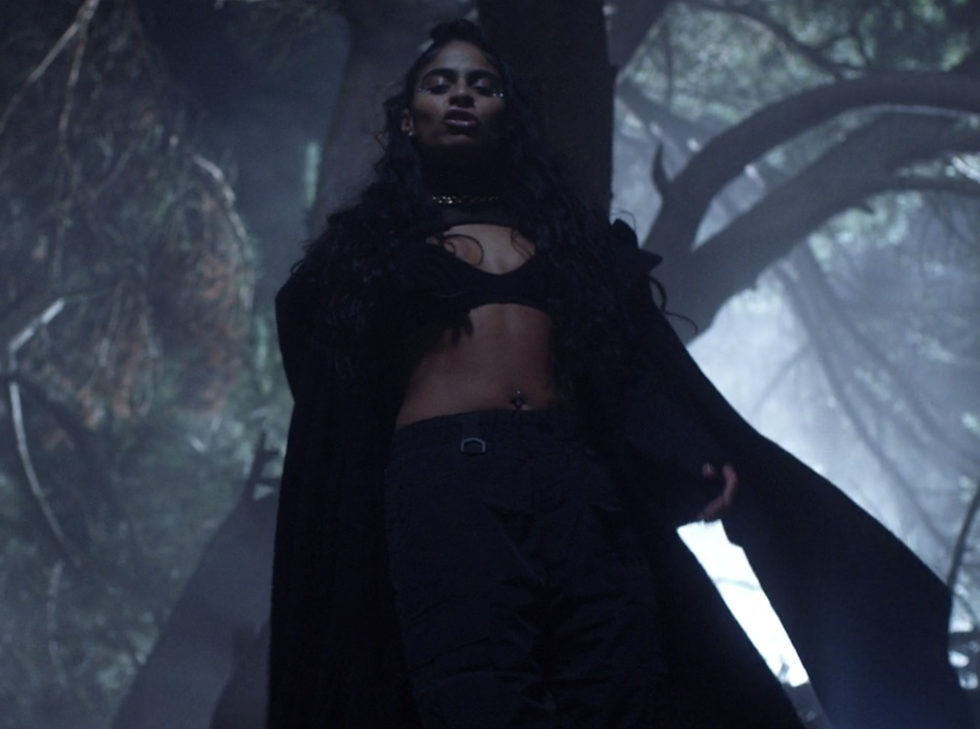
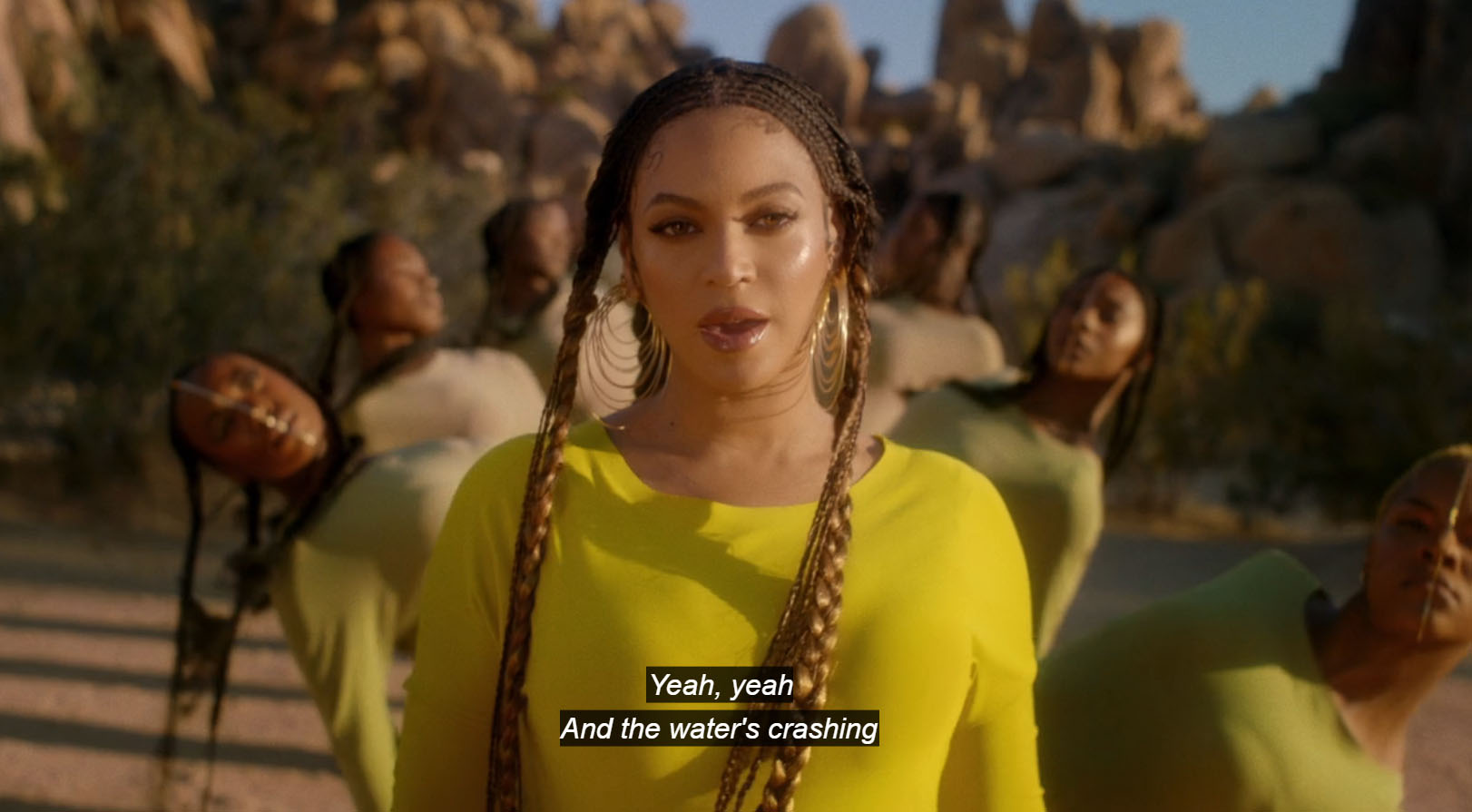





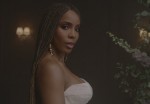
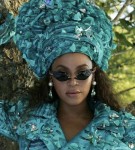


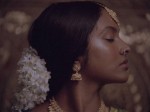
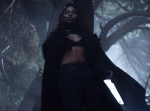











I love this! I haven’t yet watched it (trying to get a free trial link a girl is broke) and this write up makes me so excited to watch.
I read Angelica Jade Bastien’s piece on Beyoncé and her films and how her images are so powerful because we (black women) can project a depth and meaning onto them. And Beyoncé knows this of course, the power of these images.
Thank you for the excellent break down. I haven’t seen Black is King yet, but now I’m glad I waited until I’d read this.
Absolutely gorgeous.
I had not heard about this film, The Black King, but now it’s a must watch. I am stunned by the beauty of these intricate hair styles and the stories of the purpose behind them each of them.
Oya…
You did THAT with THIS!!!
❣💚❣💚❣💚❣💚❣💚❣💚❣💚
Agreed. *applauds*
aww shucks. Thank you!
Oh my gosh!! Her Hairstyles look Stunning. I just loved it.
Gorgeous!
I just bawled all the way through brown skin girl 😭👸🏾
I absolutely loved this, and the representation of Afro-Caribbean the most. I’m from the Dominican Republic (born there, raised in the US) and extremely white-passing, but the BLM movement has always hit close to home for my brother, sister and myself (who are all white passing) because our dad has experienced racism, and my mom when she was alive as well. I remember watching John Leguizamo’s “Latin History for Morons” and being shocked about all the things that were never taught to us in school, and how horrible and harmful colonialism was, and still is, to Latin America.
Anyways watching this was amazing, Black is King should be watched by everyone so we can all learn about the beauty of African culture.
Beyonce is just amazing and, as Lainey often points out, she literally is providing an education and her work should be part of school curriculums! Thanks for your post too, providing some of that education and explanation. Love this!
Just wanted to share more commentary on Beyonce’s brilliance: https://www.washingtonpost.com/opinions/2020/08/04/beyonc-shows-that-modern-blackness-neither-begins-nor-ends-with-slavery/?hpid=hp_save-opinions-float-right-4-0_opinion-card-a-right%3Ahomepage%2Fstory-ans
Hi, brazilian here. Just a quick correction: there are two religions in Brazil that worship the Orishas: “camdomblé” and “umbanda”. I am “umbandista” and we often turn to the deities and their mythology to evolve spiritually.
It is also important to highlight that we see the orishas as the movement of God in the world, all of them are parts of the same holly energy that guides and protects us. For exemple: Ogun is the orisha that gives us strength to face our daily battles, Xangô is the orisha of justice, Yemanjá is the great mother, the one that disciplines us, different from Oshun, the mother who nurtures. In the Yoruba mythology, Oshun is the orisha who convinced God to give humanity another chance, after they stopped listening to the deities, sacrificing her beauty to protect us. Her influence goes beyond beauty and sensuality and her mirror (she is often depicted holding a mirror, not a honey pot) is a symbol to not let us forget that facing ourselves in it is to recognize the fractures of God in us.
*example and *fragment. Sorry for the mistakes 😅
Fellow brazillian here!
Hi there, writer of the post, I only gave an overview so as to keep the post short but thank you for the information. She is depicted with a mirror and sometimes a honeypot. The honeypot is specific to the story in which she entices god to come out of hiding and stop ignoring humanity and give them another chance. I did not mention Lucumi or other aspects of the practice, just the well known ones. Thanks for the info on Umbanda. I did not know about that one. I’ll add it to the write up and add the mirror piece as to not cause confusion. Hope this clears everything up
Hi Oya, thank you for your thoughtful gesture. I loved that you chose to write about the details in Bey’s film, especially the religious aspect. Beyonce is doing amazing by holding onto her ancestry so lovingly and letting the big audience know about these beautiful traditions. There’s still a lot of hostility towards African religion in Brazil, but hopefully her work can help people understand that it’s nothing evil, it’s pure love and joy.
I saw a promo clip on TV of this and, from a humble painter’s perspective, it looks visually STUNNING – and I am going to have to watch it!
Is something up with Solange and Bey? I didn’t see her at any stage during Black is King but her mother and daughter and Kelly etc?
Thank you for learning this white woman a few things! I haven’t watched Black is King yet, but I am enjoying the coverage and looking forward to the music.